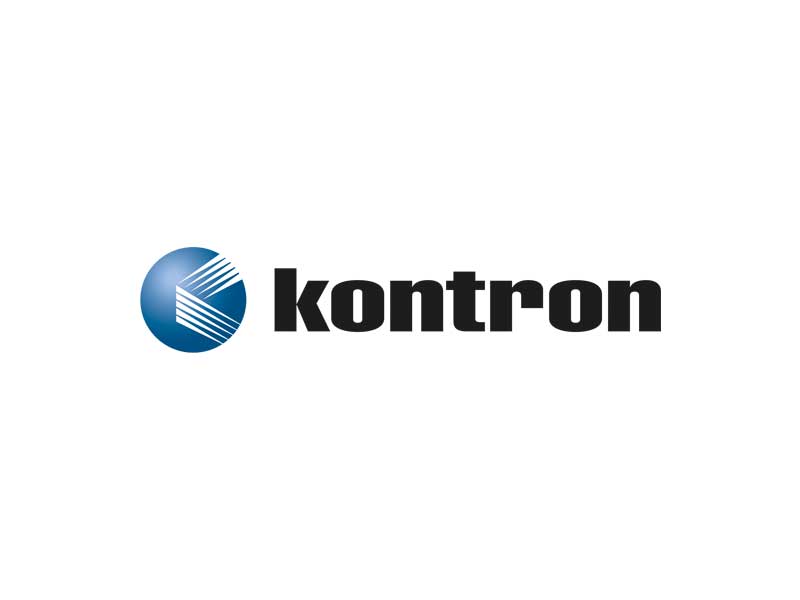“SLOT” is a general term used to describe sockets or slots in computer hardware that allow various types of components or cards to be inserted into a computer system. Slots are typically designed with specific shapes and specifications to accommodate certain types of hardware components.
Below are some common types of slots in computers:
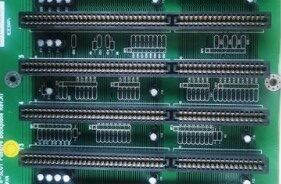
ISA SLOT (Industry Standard Architecture Slot):
-
- An early standard used in personal computers to connect and insert ISA expansion cards.
- ISA slots were introduced with IBM PC/AT computers and became part of early IBM PC-compatible systems.
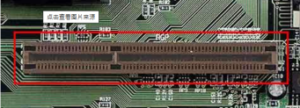
AGP SLOT (Accelerated Graphics Port):
A slot used in earlier computers to connect graphics cards, now obsolete.
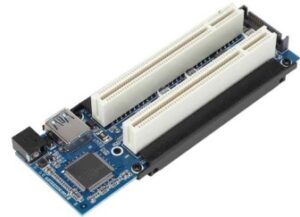
PCI SLOT (Peripheral Component Interconnect Slot):
As mentioned before, PCI slots are used to connect and insert PCI expansion cards, such as graphics cards, sound cards, and network cards.
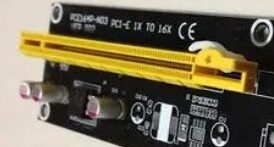
PCI Express (PCIe) SLOT:
PCIe slots are high-speed slots in modern computers, designed to connect various PCIe expansion cards like graphics cards, high-speed storage devices, and network adapters. PCIe slots offer greater bandwidth and faster data transfer rates.
These are some common types of slots used for different hardware components. Each slot has specific physical and electrical characteristics to ensure proper hardware compatibility and connections. Understanding the types and specifications of slots in a computer system is essential when selecting and installing hardware components.





